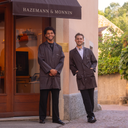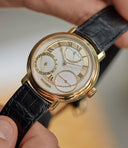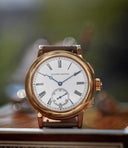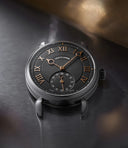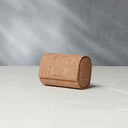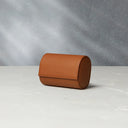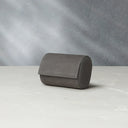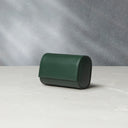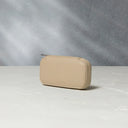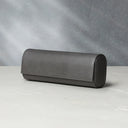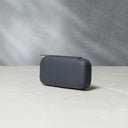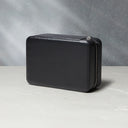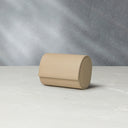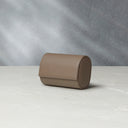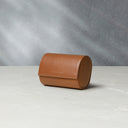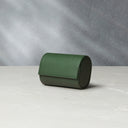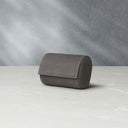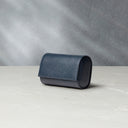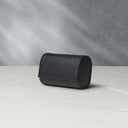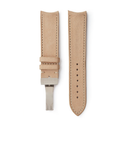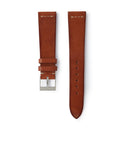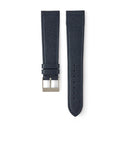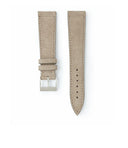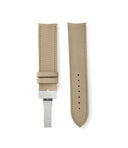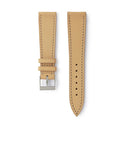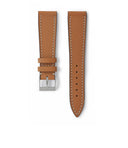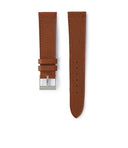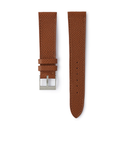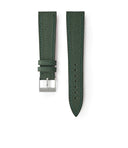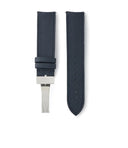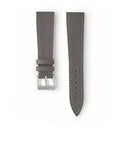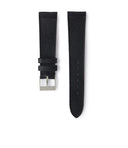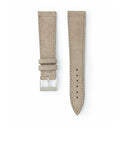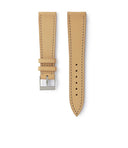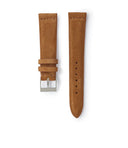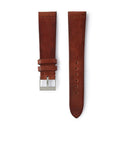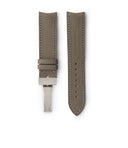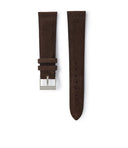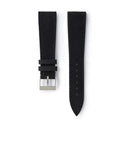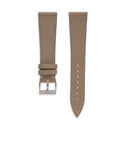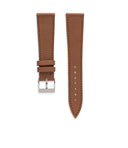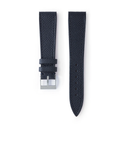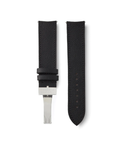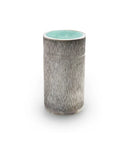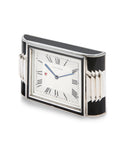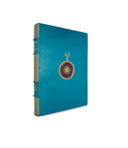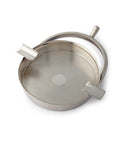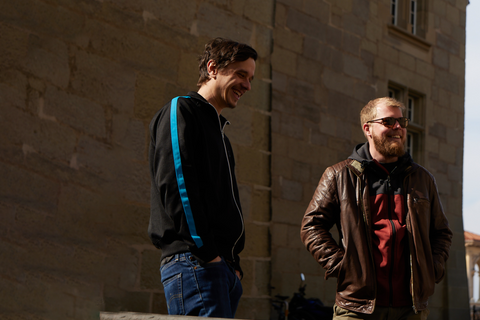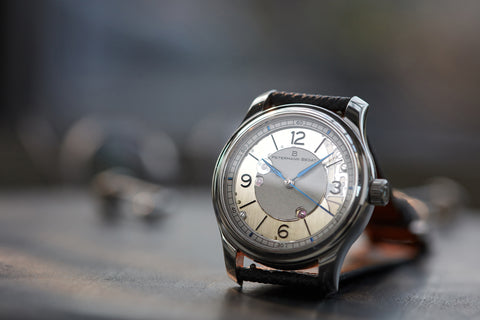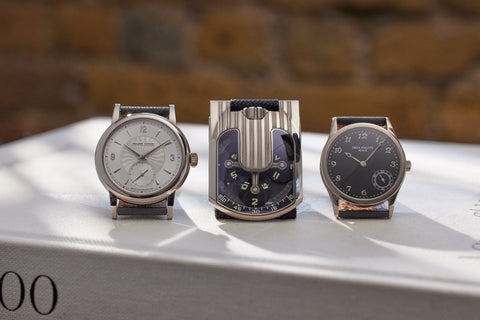Inspired by a pocket watch given to Gaël Petermann by his wife, the Split-Seconds 2941 combines the experience that both Petermann and Bédat have with restoration and their industrial, modern aesthetics. Having been privileged enough to witness their development over the years, the chronograph is a culmination of masterful technique and intriguing vision. Sold as part of our partnership with them, this brand new example was recently delivered to a client.
THE BIRTH OF PETERMANN BÉDAT
Located in Renens, Switzerland, there is a quiet calm about Petermann Bédat’s workshop that provides a sense of focus and industriousness. Each watchmaker is busy at their bench with a project at different stages, from their Deadbeat Seconds 1967 to the 2941 Split-Seconds Monopusher Chronograph, adjusting movements and finishing components, with the low hum of machinery in the background.
Pictures of watches adorn the space, and their collection of watchmaking books is extensive, acting as the main source of inspiration for all the watches they create - pieces that are deeply rooted in history as well as their own experience with restoring examples.
Gaël Petermann and Florian Bédat met in 2007, during their first year at the Ecole d'Horlogerie de Genève. They stayed in touch after graduating, and both worked at A. Lange & Söhne, where both watchmakers refined their craft and developed certain aesthetic sensibilities that have carried through into their creations today.


Gaël Petermann at the bench in Petermann Bédat’s workshop in Renens, Switzerland.
In 2020, Petermann Bédat were awarded the Horological Revelation Prize at the Grand Prix d'Horlogerie de Genève for their first watch, the Reference 1967 with Deadbeat Seconds. Their second watch, the 2941 Split-Seconds Monopusher Chronograph, introduces a highly complicated movement that further pushes the boundaries, while establishing a clear line of aesthetic descent.
The inspiration for the chronograph comes from a pocket watch given to Gaël Petermann by his wife, as well as their familiarity with the A. Lange & Söhne Datograph. The finishing of the movement is especially noteworthy, with black polishing and matte finishing on all stainless-steel parts. The dial design carries on the openworked theme introduced with their first piece, in an elegant combination of glass and metal.
“It's not a copy of something, it's our identity.”
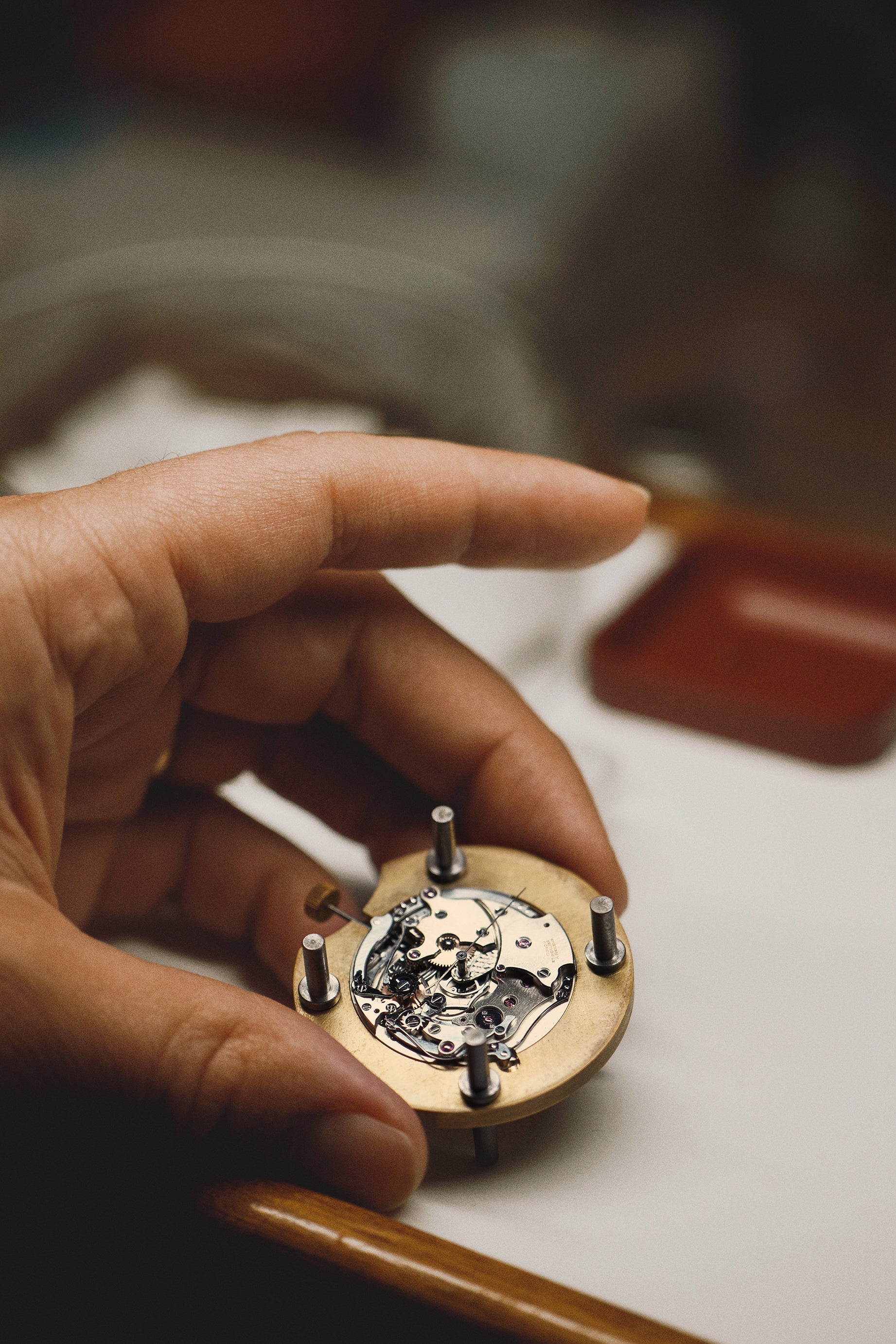

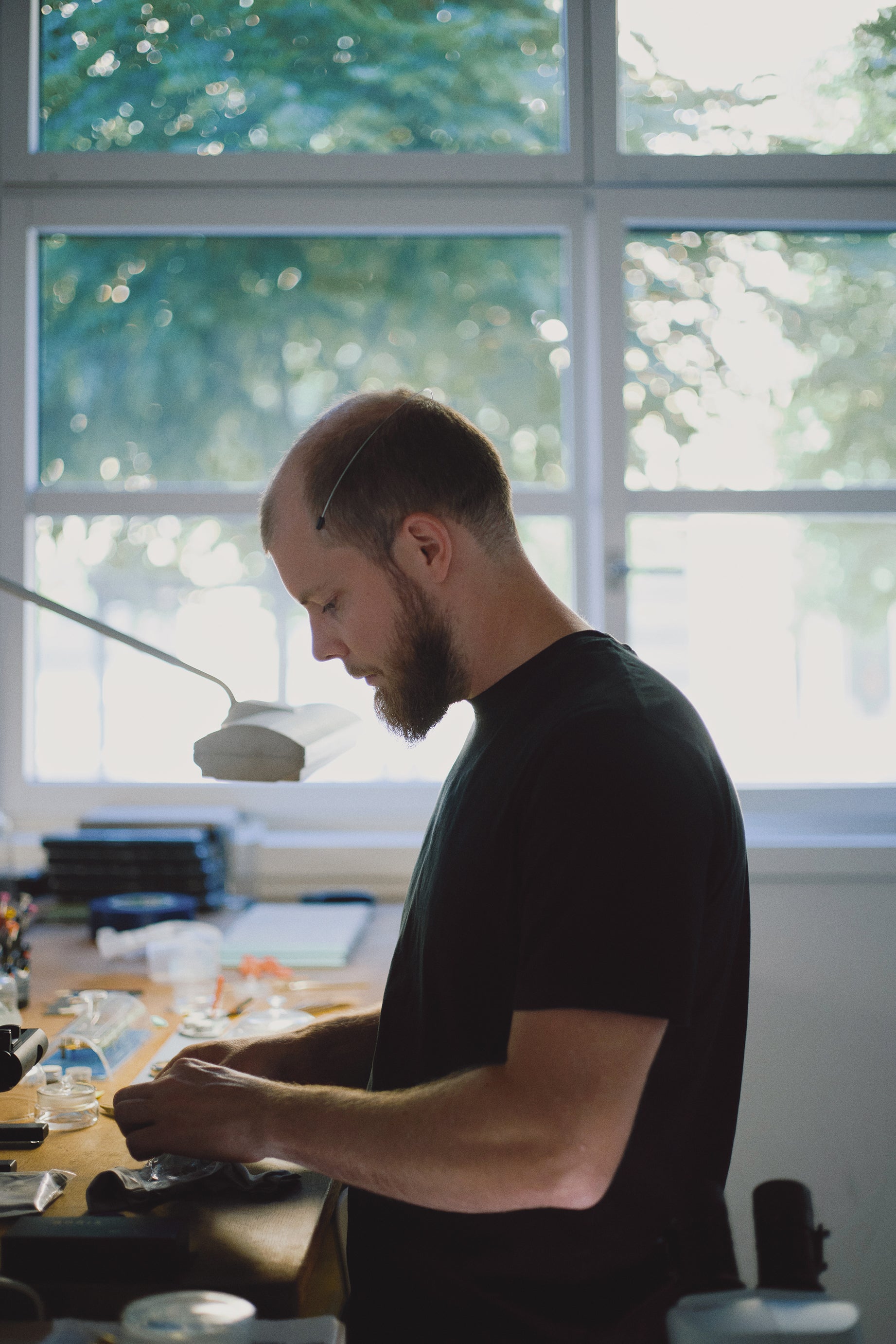

An unfinished example of the split-seconds movement put together for testing, and Florian Bédat adjusting an example of the watch.
Having seen their evolution over the years, it has been an incredible journey to watch them develop their identity, discovering a strong sense of aesthetic and challenging themselves to go further in their creations.
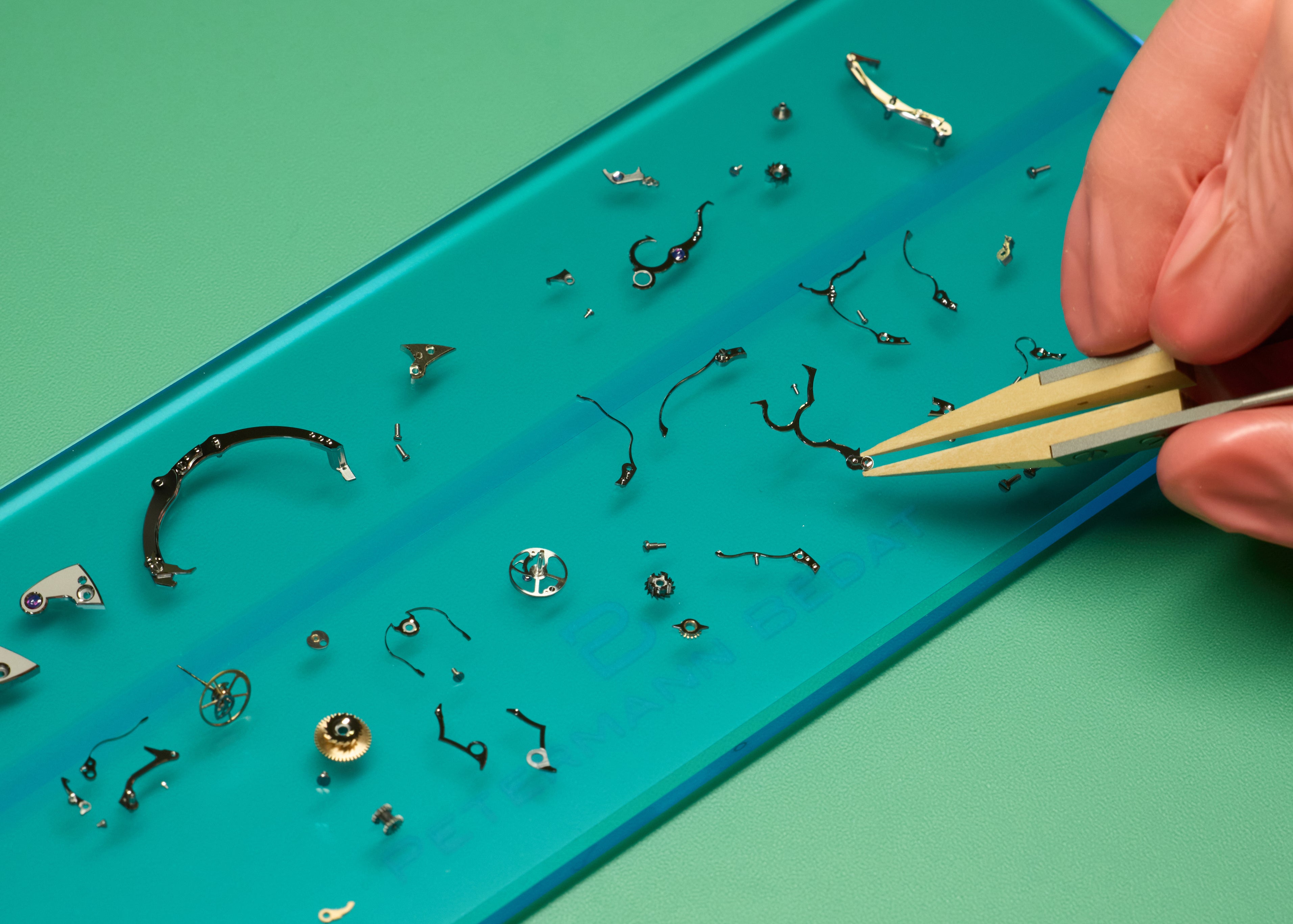

Want to hear more?
Sign up and be the first to hear about Petermann Bèdat watches.









